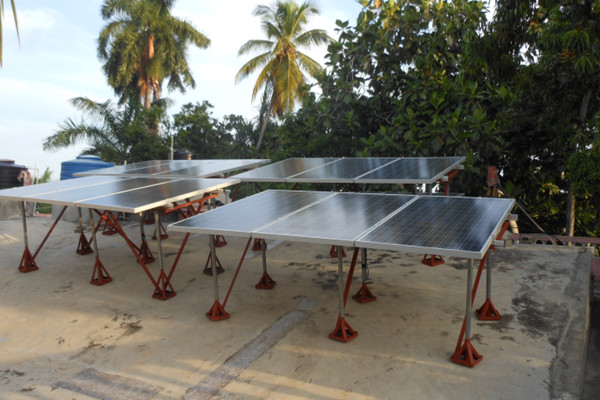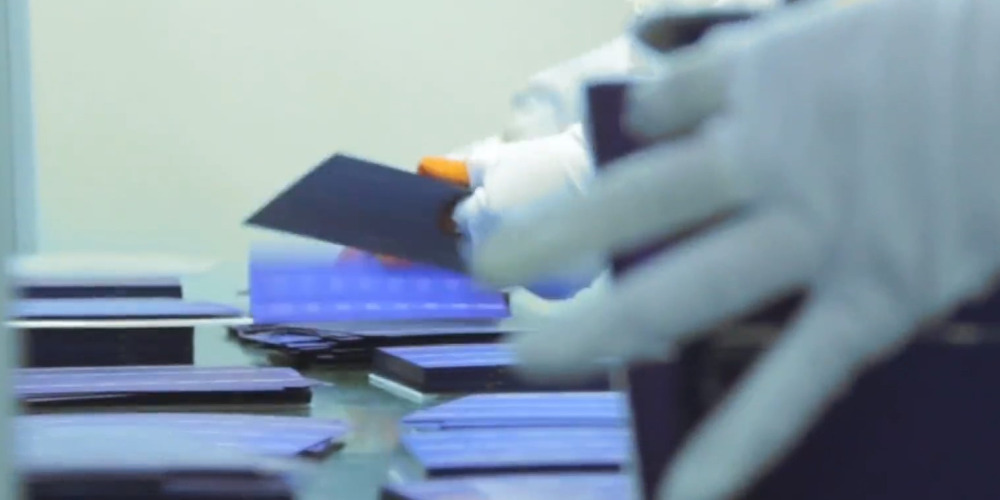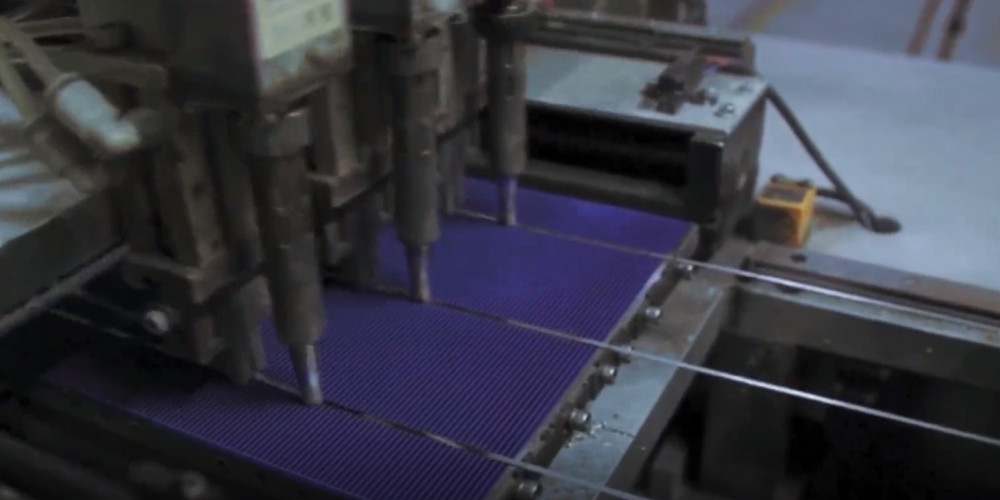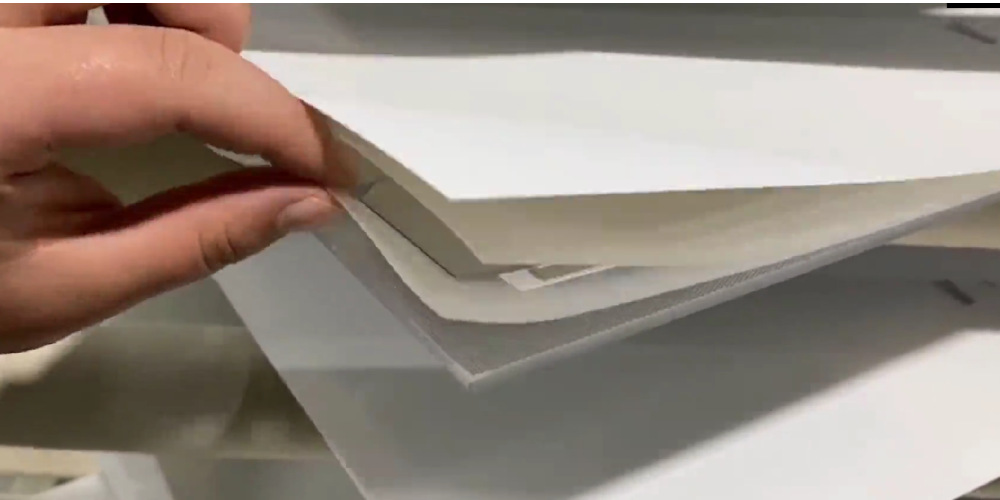What Are Solar Panels Made Of and How They Are Made
Solar panels have revolutionized how we harness energy, converting sunlight into electricity power providing a sustainable and eco-friendly alternative to fossil fuels. But have you ever wondered what solar panels are made of and how they are made?
What are Solar Panels Made of?
The photovoltaic cells are the heart of the solar panels, converting sunlight into electricity. In addition, a glass casing, a back sheet, and a frame consist of a complete solar panel with the photovoltaic cells. The glass casing protects these cells from environmental factors, while the back sheet and frame provide structural support. Here is the detail information about these key components:
Photovoltaic Cells
Photovoltaic cells, also called solar cells, are primarily made from semiconductor materials——silicon. They are soldered together in a matrix-like structure between the glass panels. When sunlight hits the cells, they use the photovoltaic (PV) effect to convert sunlight into electricity. There are three main types of silicon used in solar panels:
Monocrystalline Silicon: Known for its high efficiency and sleek appearance, monocrystalline silicon is made from a single, continuous crystal structure.
Polycrystalline Silicon: Made from multiple silicon crystals, polycrystalline panels are less efficient but more cost-effective than their monocrystalline counterparts. There is a significant difference between Monocrystalline and Polycrystalline silicon solar panels.
Amorphous Silicon: This non-crystalline form of silicon is used in thin-film solar panels and is more flexible, making it suitable for various applications.
Metal frame (typically aluminum)
The metal frame of a solar panel serves several purposes. In addition to holding the panel in place so that it receives sunlight at the best angle, it also prevents the solar panel from bending, deforming or sagging due to its own weight or external factors such as wind or snow loads.
Back Sheet
The outer layer of a solar panel is known as a solar back sheet protecting the internal components of the solar panel,particularly the solar cells. It works by safeguarding solar panels against different and severe environmental conditions, UV radiation, moisture, dust, etc. Back sheets also ensure that electrical components within the panel are not shorted or exposed to external elements, regulates the temperature of the solar cells, and provides a barrier against extreme temperatures.
Glass Casing
The glass casing sheet is usually 6-7 millimeters thick and plays an important role in protecting the silicon solar cells inside.
Other Parts
In addition to the above materials, solar panels components also require some wires to connect to the battery, such as Standard Bus wire and 12V wire. Bus wires are used to connect the silicon solar cells in parallel. A 12V wire helps control the energy flow into your inverter, enhancing the sustainability and efficiency of the solar module.

How Are Solar Panels Made?
The process of making solar panels involves several steps, from raw material extraction to the final assembly of the solar module. Here’s a detailed overview of how are solar panels made:
Silicon Extraction and Purification
Quartzite ore that was mined from the ground and processed in several steps to extract metallurgical silicon. The metallurgical silicon then needs to be refined until it reaches 99.99999% purity, keeping in mind that only pure silicon-based materials are generally used. Otherwise, the efficiency and durability of the solar cell will be affected.
![]()
Ingot Formation
The silicon is melted down and poured into molds to form a large block called an ingot.
Wafer Production
This ingot is sliced into thin wafers and they are only about 160 to 200 micrometers thick. After that, the wafers need to be cleaned and polished to remove any saw damage and impurities.
Cell Manufacturing
The wafers are coated with a phosphorus-based substance that helps facilitate the formation of "p-n junctions." These junctions are important for converting light into electricity. An Anti-reflective coating is applied to the wafers to increase the amount of light absorbed by the cells.
Solar cell testing
We conduct a quality test to divide our solar cells into A, B, or C grades. Only the best ones receive the coveted A rating. Cells that are graded higher are more efficient and will keep producing power for longer than their lower-grade siblings. Generally, this is a key difference between lower-cost solar panels and more expensive ones. Cells with damaged grids, thin printing, or imbalanced coatings will receive a B-rating. Recycled cells with significant defects, like extensive weak printing, and loose grids, will receive a low C-rating.

Single and series solar cell welding
During this stage, the solar cells are welded together so they'll stay put inside the solar panel's frame and help ensure proper conductivity among cells.

Overlapping the layers
Solar panels are giant sandwiches from different layers stacked together. The layers, TPT film, EVA film, now-welded solar cells, EVA film, and glass panels are individually placed to make a composite. Now, the panel undergoes an Electroluminescence (EL) test. The EL test is a non-invasive procedure that can be repeated every so often after the solar panels are installed. The test looks for microcracks in the cells and other layers. Even the most minor fissures can harm performance.

Machine laminating
Once our panels pass the EL test, the stacked components head to a special machine for lamination. Using a vacuum, we create a negative pressure environment that removes any air that is between the layers to ensure there are no bubbles. The outer EVA film is heated to its melting point, bonding the sandwiched layers together.
Assembly of Module
Metal connectors are used to join each solar cell together through a welding process. The number of welded cells depends on the manufacturing size of the solar panel. Next, a back sheet is installed at the bottom to protect the solar cells, and a glass sheet is placed on top to filter sunlight entering the solar cells. A junction box is attached to the back of the panel, allowing for electrical connections and housing diodes to prevent reverse current. Finally, a metal frame secures all the solar components in place.
How Solar Panels Work?
When light hits a solar cell, it can be reflected, absorbed, or passed right through. Solar cells are typically made from semiconductor materials like silicon. When these semiconductors absorb light, they transfer the light's energy to negatively charged particles called electrons. This extra energy allows the electrons to flow through the material as an electric current which can be used to power your home.
Find quality solar panel manufacturers
Renogy offers the highest-quality monocrystalline solar panels on the residential market. You simply cannot beat our best-in-class warranty. Through our commitment to unleashing the solar industry’s potential, we strive to deliver the best products and customer service we can. Check out our 12 Volt battery offerings, lithium RV batteries as well as solar powered generators today!








